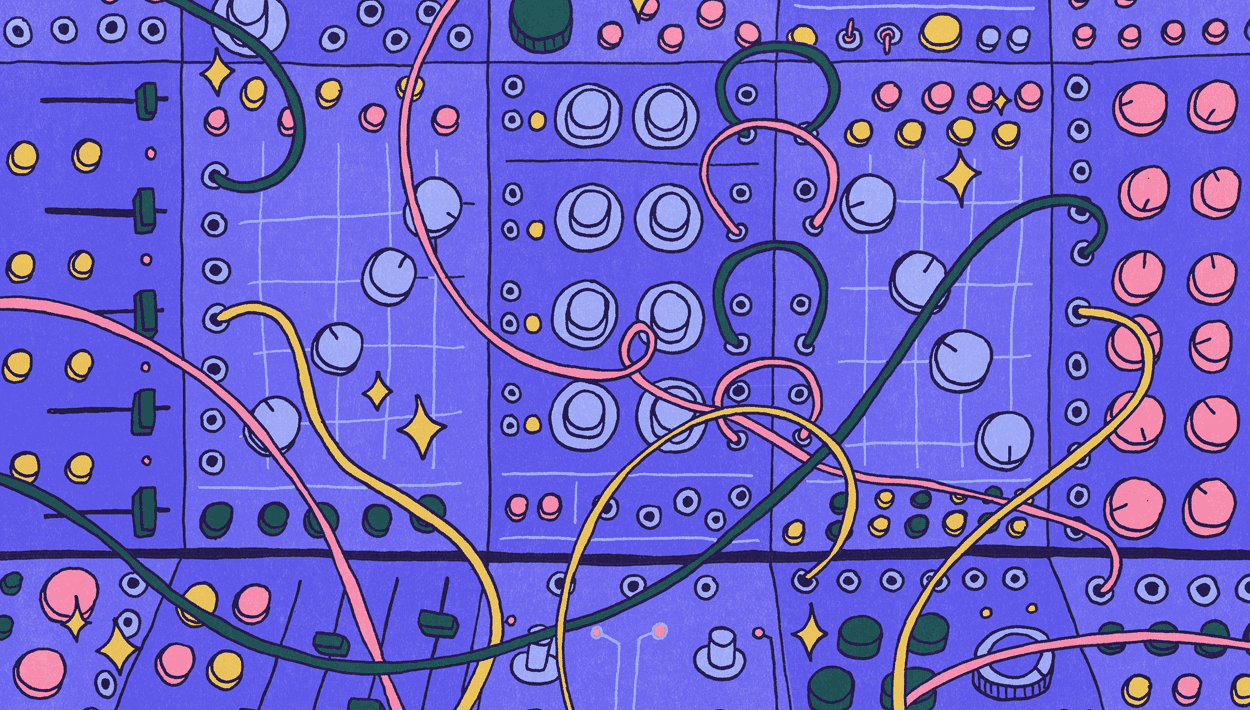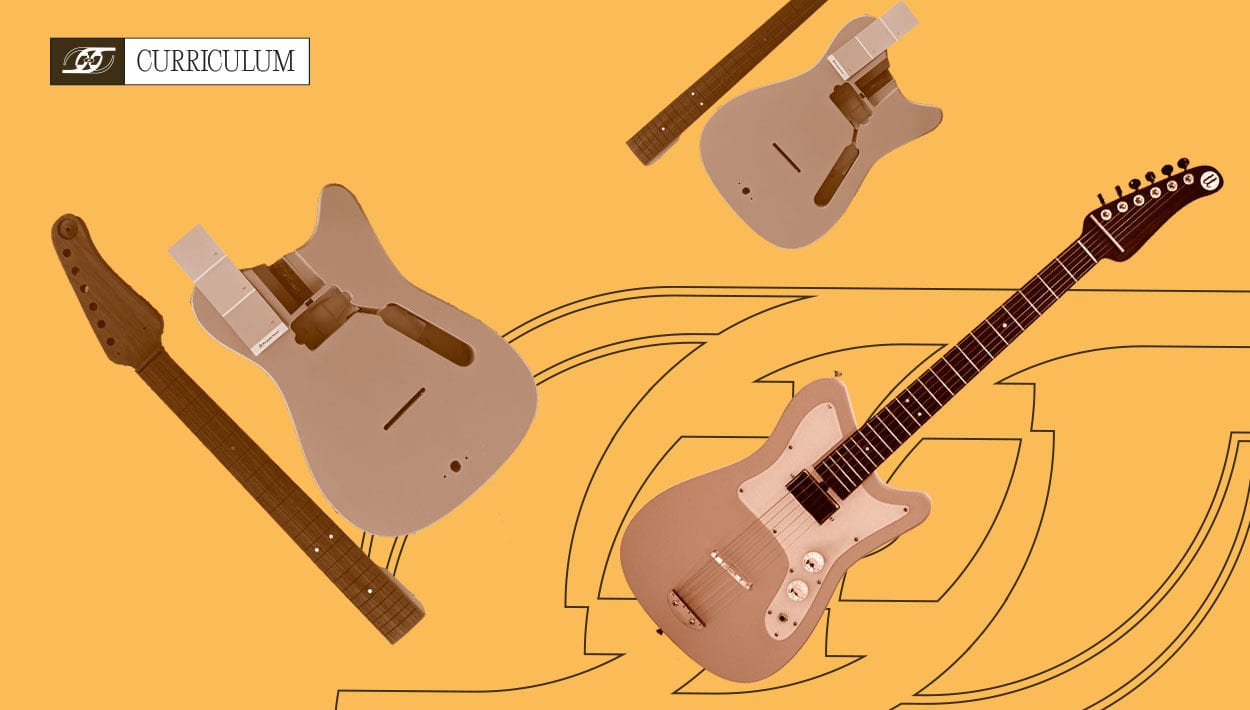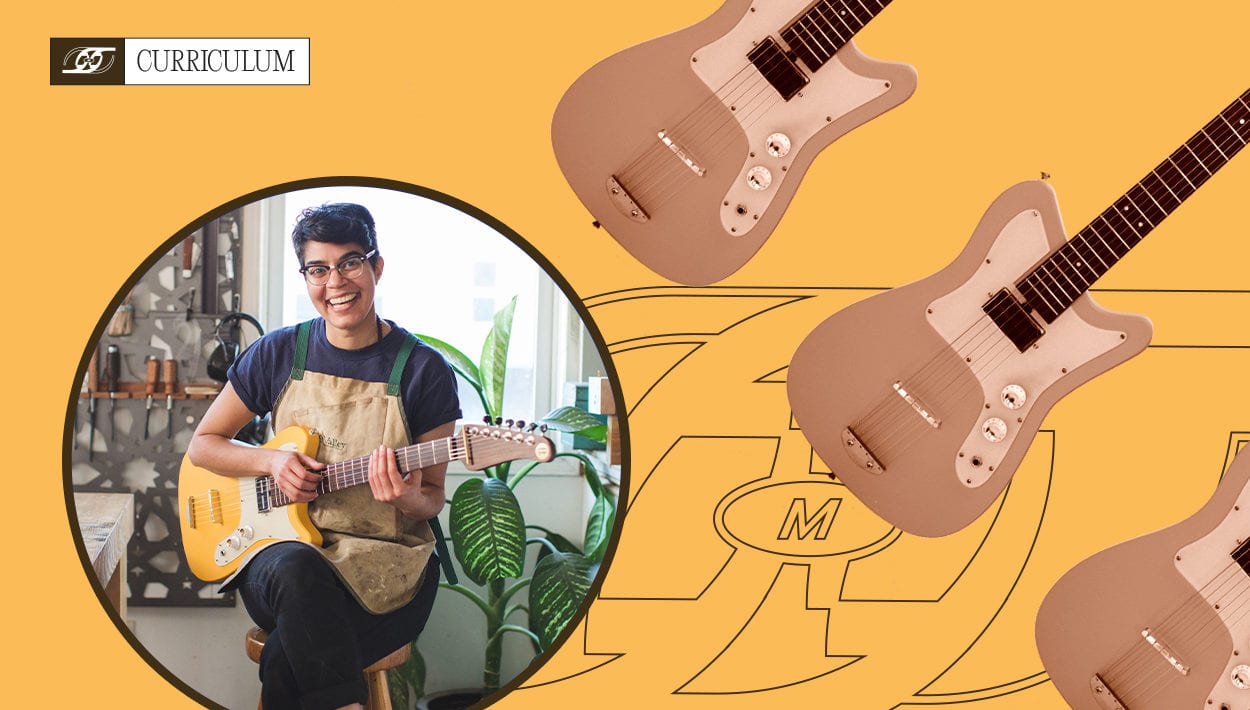Synthesizer Series: Does Any of This Make Synths?
This is the first part of a three part series exploring the use in synthesizers in music.
AN INTRODUCTION
Electric guitars and synthesizers are both instruments that were invented at the turn of the last century, so it’s only natural that they both often wind up in similar circles. Both are instruments which are capable of manipulating their own timbre to a very high degree, especially when compared to other acoustic instruments like the piano, violin, and trumpet. And both have completely transformed the way we know music today.
In this series we are going to focus on giving musicians who may only play one of these instruments a better understanding of each others gear, so that they can begin to see the sonic potential of each others equipment and understand how it operates. In order to do that we are going to have to go back to the basics and learn where it all began by studying how these instruments were developed and where they are today.
ORIGINS
The electric guitar as we know it today was largely developed in the 50’s, the original intended purpose, was to sound as natural as possible with minimal distortion. It was the players of the time that influenced the direction of the instruments by consistently pushing the equipment to the limits. As soon as musicians realized that they could make the electric guitar sound unlike any guitar that anyone had heard before, they ran with it. By the 1960’s the electric guitar was everywhere in popular music, thanks in part to its versatility and the fascinating sounds that emerged with advent of better sounding pickups, amps, and pedals in the hands of talented musicians.
Early synthesizers were physically massive instruments with webs of patch cables and not exactly seen as something that someone would perform music. Originally marketed towards academics, musicians would not really pick up on them until the late 60’s when synths became a bit smaller, thanks to use of transistors and finally, more playable with the integration of keyboards. Monophonic, meaning only one note at time was capable of being played on the synth was simply the only option in the beginning, but by the 80’s synths had found more than just polyphony. Digital synthesizers truly opened the flood gates when they gained to ability to more closely mimic acoustic sounds further cementing their place in music history.

PICK UPS AND OSCILLATORS
When you strike a string on an electric guitar the vibrations that follow travel through a small magnetic field that is generated by the guitars pickups. The energy is converted into a small electrical signal which can then be amplified. The placement of the pickups on the guitars body also has an affect on the sound. Pickups mounted towards the bridge of the guitar will have a brighter sound than the pickups that are mounted near the neck. There are many different varieties of guitar pickups, all of which have their own unique sound. The two most popular designs are single coils, and humbuckers. Single coils are known for excelling at cleaner tones, while humbuckers are known for having a more aggressive sound. The kind of amplifier that the guitarist also plays a significant role making up at least half of the overall sound of the guitar. In later issues we will examine the affects of different pickups and amplifiers with greater detail, but for now; this is all we need to know.
The closet comparison to a guitars pickup that we can see on a synthesizer is what is known as Oscillator. An Oscillator generates the type of waveform that the synthesizer outputs. Some synths have many but all of them have at least one. The most common waveforms are the sawtooth, pulsewave, and sinewave. In their raw form sinewaves have the smoothest sound, pulswaves and sawtooth are a bit more edgy sounding. The filter is often the largest knob on most synthesizers and in most cases operates as a high-pass filter which sets the cutoff point for the waveforms high frequency content. Working much like the tone knob on a guitar, the filter really helps shape the overall tone of the synth. Monophonic synths are known for their legato and are often used to create basslines and arpeggios. Polyphonic synths aside from having the ability to play chords, are well known for building lush pads, trading the mono-style legato for a more piano -like feel.
In our next part of this series, we will be going into greater detail about the basics of subtractive synthesis such as the controls for attack, decay, release, sustain and how they compare to various guitar techniques.
Be sure to write to us to let us know what you think about this column as well as any questions you might have using synths with guitars!













Comments
[…] musical instrument, the synthesizer can be a little overwhelming at first but once you learn the basics you’ll be able to navigate your way around most of the common ones. Synthesizers have a very wide […]
Pingback by Synthesizer Series: How To Dial it All In on July 8, 2019 at 4:42 pm*low pass filter
Comment by Jim James on December 10, 2019 at 9:34 amArticle needs to be edited for style & proofread for typos.
Comment by Patricia Irwin on February 19, 2020 at 12:33 pmContent interesting as far as it goes. Will part 3 bring us up to speed a la Anderton’s?